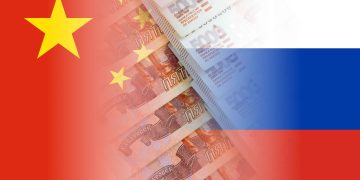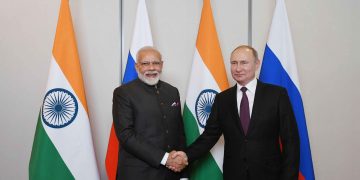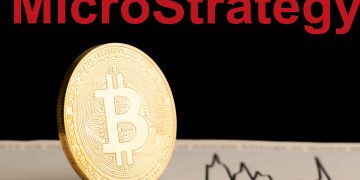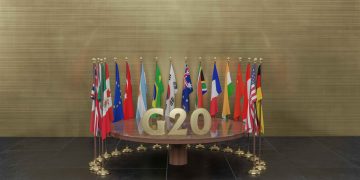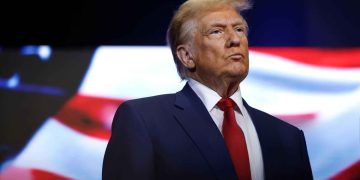The BRICS alliance—comprising Brazil, Russia, India, China, and South Africa, with recent additions like Saudi Arabia, Iran, and Egypt—is exploring a groundbreaking financial strategy: a gold-backed currency. Although still unconfirmed, a “BRICS Unit” stablecoin could emerge as a tool to reduce dependence on the U.S. dollar.
The September 2024 BRICS Energy Cooperation Summit highlighted the alliance’s emphasis on collaboration, efficiency, and digitization, preparing members for potential shifts in global finance. However, the upcoming 2024 BRICS Summit in Kazan is the focal point, where BRICS leaders are expected to discuss the currency idea in detail. Notably, Russian Deputy Foreign Minister Sergei Ryabkov has previously indicated the currency’s intent to challenge the USD’s dominance. This move aligns with Russia’s broader de-dollarization agenda, especially as it faces Western sanctions and has been excluded from the SWIFT payment network. By offering alternative payment mechanisms, BRICS may reduce its reliance on Western financial systems, promoting the use of local currencies and reducing exposure to USD volatility.
Though the U.S. dollar remains the world’s primary reserve currency—accounting for 88% of all global currency trades—signs of de-dollarization are emerging, particularly among BRICS nations. In the past decade, the portion of global reserves held in USD fell from 70% to 60%, spurred by U.S.-China trade tensions and actions like freezing $300 billion of Russia’s reserves post-Ukraine invasion. This downward trend indicates a shifting financial landscape as some BRICS countries actively diversify their currency reserves to shield themselves from Western influences.
Critics argue that a gold-backed currency within BRICS may not immediately pose a significant threat to the USD, given its entrenched role in global trade and its use in 80% of global oil transactions. However, BRICS aims to foster resilience by pursuing non-USD-based trade arrangements, potentially affecting the USD’s long-term standing. Observers note that historically dominant currencies like the Dutch Guilder and British Pound eventually lost their primacy, suggesting that economic shifts could also impact the USD over time.
The Kazan summit will be crucial in setting the trajectory for BRICS’ financial initiatives. While immediate impacts are uncertain, the summit could provide a roadmap for the alliance’s evolving role in global finance, further diversifying currency reserves and expanding de-dollarization efforts in a steadily multipolar world. The currency’s development, combined with BRICS’ membership growth, underscores the alliance’s commitment to creating alternatives in the financial landscape, providing countries with greater autonomy from Western-dominated systems.



